Strengthen your students’ understanding of how to convert a percent to a decimal and a fraction with this worksheet.
Convert a Percentage to a Decimal and a Fraction
Do your students understand the relationship between percentages, decimals, and fractions? If you are looking to give your students additional practice with this maths skill, look no further! Teach Starter has developed a worksheet where your students will strengthen their understanding of how these values are related.
With this worksheet, students must look at fractions and decimals and determine the percentage for each example. In addition, students will practise the skill of writing each percentage as a fraction and a decimal.
An answer key is included with your download to make marking fast and easy!
Tips for Differentiation + Scaffolding
In addition to independent student work time, use this worksheet as an activity for:
- Guided math groups
- Lesson warm-up
- Lesson wrap-up
- Fast finishers
- Homework assignment
- Whole-class review (via smartboard)
If students are looking for an additional challenge, encourage them to write three word problems on the back of the worksheet that involve converting between fractions, decimals, and/or percentages.
For students who need a bit of support, require the student to only write the decimal or fraction (rather than both) on the bottom half of the worksheet.
🖨️ Easily Download & Print
Use the dropdown icon on the Download button to choose between the PDF or editable Google Slides version of this resource.
Get more worksheets to have handy!
This resource was created by Cassandra Friesen, a Teach Starter Collaborator.
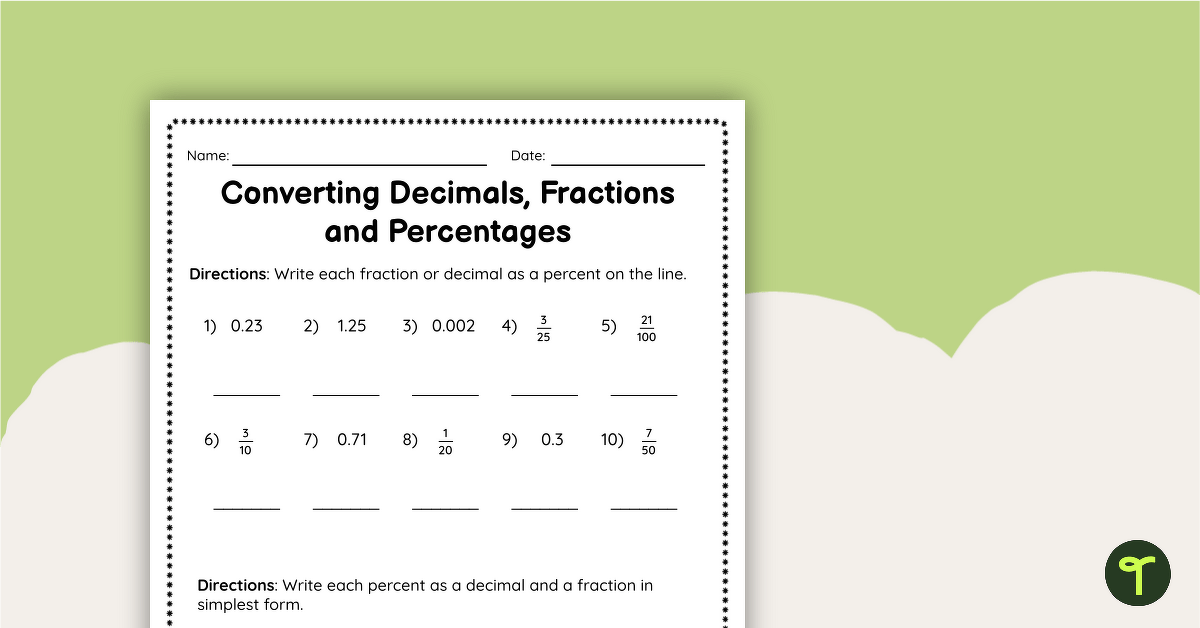

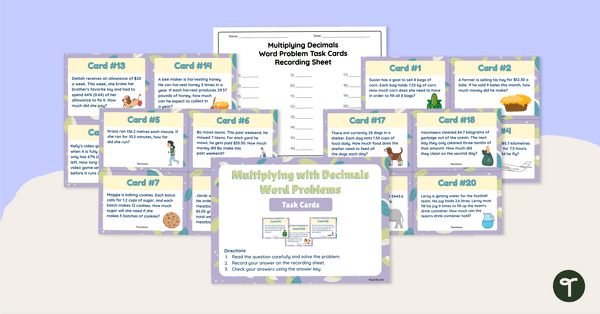
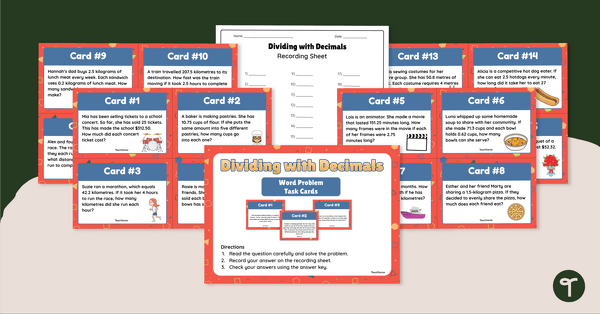
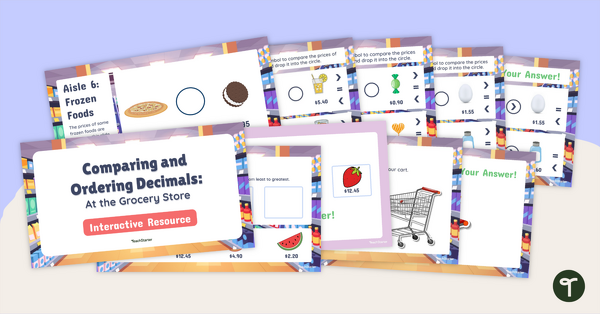

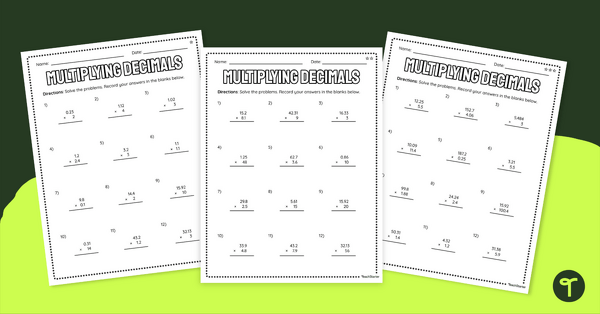
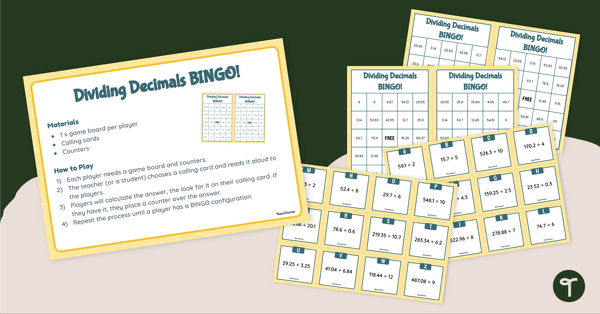

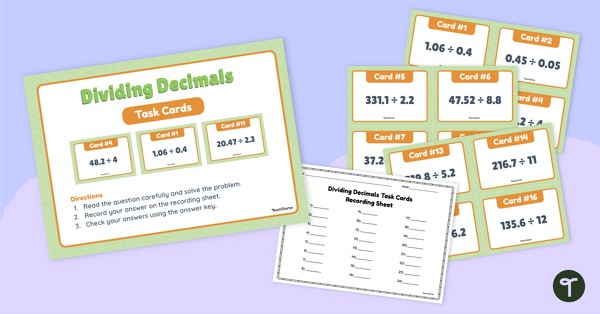

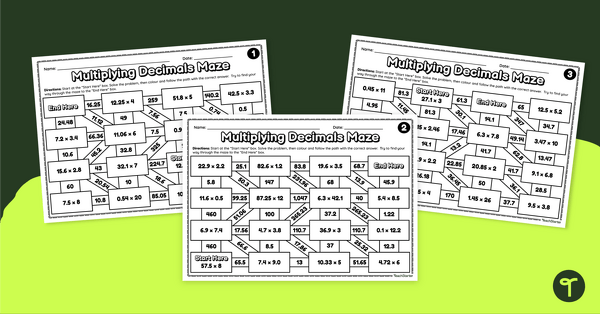
0 Comments
Write a review to help other teachers and parents like yourself. If you'd like to request a change to this resource, or report an error, select the corresponding tab above.